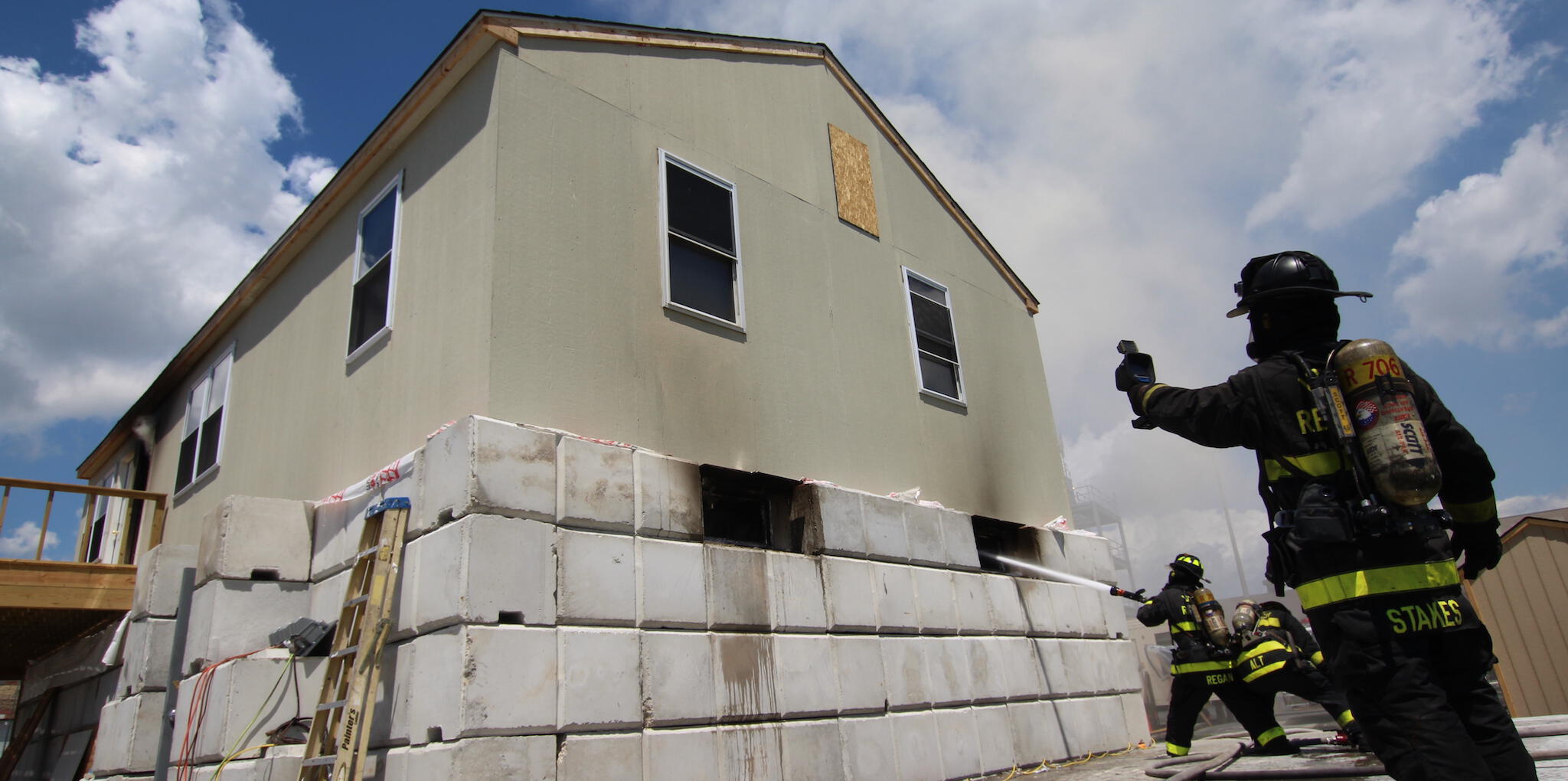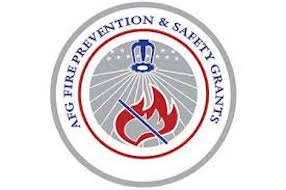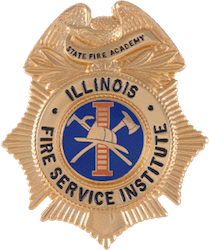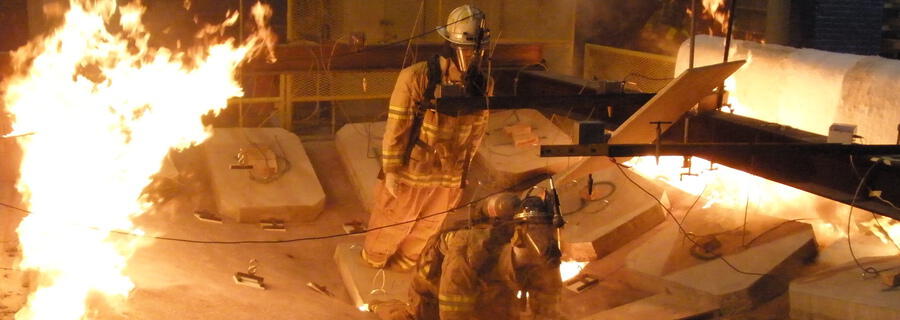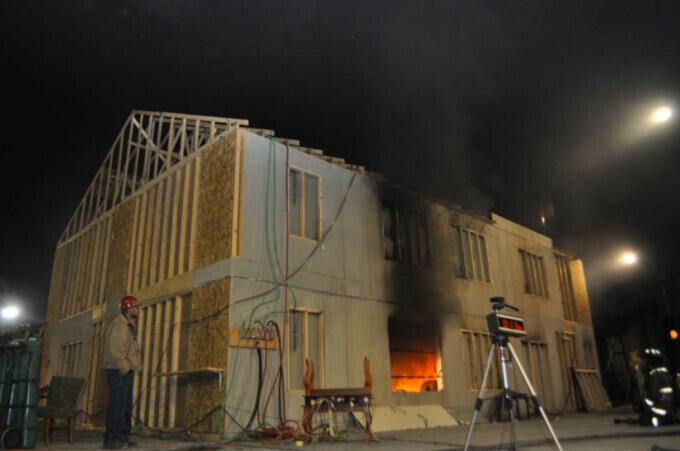The UL Firefighter Safety Research Institute (FSRI) will lead a three-year FEMA Research and Development Project examining fireground size-up measures and search & rescue operations as part of a coordinated fire attack on a residential structure. The purpose of this study is to improve firefighter safety and victim survivability by:
- increasing the knowledge of the fire service on size-up components reinforced by research so they can operate safer and more efficiently to target searches;
- improving situational awareness by linking the visual cues gained during initial size-up to search and rescue operations and the ongoing size-up during the residential fire
- examining the impact of different search and rescue tactics on occupant survivability such as interior search, vent-enter-isolate-search (VEIS), and different isolation and removal options.
A proper size-up has been shown to result in favorable outcomes during structure fires. This study will build on the experience of the fire service by investigating common components of size-up such as reading smoke (volume, velocity, density, and color) and examining the ventilation profile (what changes when openings are made or taken away). It is paramount to determine the scientific based elements of size-up that the fire service can use to best understand the fire dynamics to make critical tactical choices such as hoseline placement and search locations.
Previous fire service tactics research on suppression and ventilation indicated several tactical considerations that could increase the effectiveness of search and rescue operations by better understanding the impacts of timing, door position, entry point, victim removal route, removal technique and suppression. These tactical considerations need to be further examined and developed with the features of the old and new residential housing stock in mind.
Importance
During previous UL FSRI research projects supported by the DHS AFG FP&S R&D program, three major themes have evolved:
- Changes have occurred in the fire environment (the fire service’s workplace) that are very important to occupant survivability and firefighter safety. This has resulted in the need to understand the impact of changes in building construction methods, building construction materials, and home furnishings on fire growth and the resulting fire environment within the home.
- Coordination of fire attack is essential; water application and ventilation need to occur together for successful outcomes.
- Isolation by closing doors is critical to occupant survivability and firefighter effectiveness.
These themes have been disseminated throughout the fire service and have resulted in increased knowledge of firefighters around the world. During this research and dissemination, gaps and opportunities became apparent and were highlighted by our fire service partners. The following questions will be studied and answered through experiments with carefully designed and placed instrumentation:
- What size-up cues while “reading smoke” are based in science versus art?
- How do I do the greatest good for the trapped occupant once I locate them? If I find them behind a closed door do I wait until conditions improve, take them immediately back to my entry point, or remove them via another route and what removal techniques limit their exposure?
- What is the difference to the victim if I find them via an interior search or via a VEIS operation and how do I optimize both tactics for victim survivability?
- If VEIS is chosen, how long does a firefighter have to get to the bedroom door before the room becomes un-survivable for an occupant?
- How long does a firefighter, or the victim, have if the fire is on the other side of a hollow core door?
- How long does it take to reach un-survivable conditions in a home and are there size-up considerations (visual cues) to assist with survivability profiling?
- What role does the HVAC system have on victim survivability and conditions prior to fire department arrival and does it have the potential to change size-up cues?

